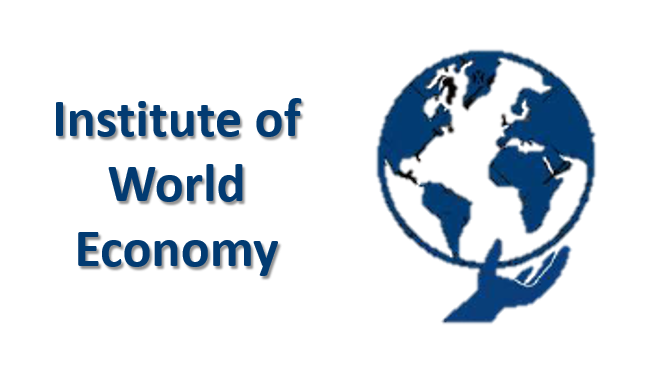Referencing
Referencing in any kinds of papers is a highly sensitive issue. Missing referencing is considered to be plagiarism. Hence, before starting your research, have a look at what is considered to be plagiarism, how you should avoid it, what kind of referencing styles you should apply and check a few examples below.
Plagiarism of any form is not tolerated at any papers or organisations. Herein, at Corvinus the following mistakes are considered to be as plagiarism:
- turning in someone else’s work as your own
- copying words or ideas from someone else without giving credit
- failing to put a quotation in quotation marks
- giving incorrect information about the source of a quotation
- changing words but copying the sentence structure of a source without giving credit
- copying so many words or ideas from a source that it makes up the majority of your work, whether you give credit or not
You can easily avoid plagiarism if you note down the necessary information of every article, study, book and online page that you consider to work with. Create a dokument in which you collect the full information on these works beside the paper that you are writing, which will be later formed into your Bibliography, and easily attached to the end of your paper. In the meanwhile start your research paper in which you will only need to indicate the most important details for in-text or footer referencing: author(s), year, page. In the main text, do not forget, that each statement belongs to someone. No matter if you heard it at IntEcon or DevEcs class, a scientific statement is the result of already existing researches. So be careful in segmenting your own thoughts and initiatives from the others! One reference per paragraph is the minimum that a literature review requires – particularly as it has to highlight agreements and disagreements on former works.
You can choose either in-text + Bibliography or footer + Bibliography referencing, but definitely not both. Mixing the in-text and footer referencings is a definit mistake. Upon choosing, download a detailed referencing style guide, so that you can be sure to carry out the referencing metaculously. The basic principles, however, in each case are the same: indicate the author(s) name, the title of the work, the year of publishing, the name of publisher (book publishers are indicated along their location), the edition in case of books or the volume and number in case of journals, and the pages from which you cite. The given referencing styles make it easy to follow and be consistent thourough all your paper. That is particularly important when you have e.g. more authors, more works from the same author, no authors, an author who was quoted by another author, or online sources at any type, with or without author, without publishing date, etc.
Before you imply the referencing style you chose to your paper, review the magazine or organisation where you would like to submit it. Each magazine and organisation apply different referencing styles to what you should flexibly adjust your work. In case you are writing a thesis, the affiliate institute or department decides on the recommended style. Here, at the Institute of World Economy, we welcome most official referencing styles until they are implemented in a consistent way. The most preferred styles are APA and Harvard.
A few examples from APA 6th edition (UCOL Student Experience Team (SET). 2015. A guide to APA referencing – 6th edition. Library and Learning Services):
According to APA, there are two main parts to referencing:
“1. The first indicating within your assignment the sources of the information you have used to write your assignment. This demonstrates support for your ideas, arguments and views. Sometimes this is referred to as: citing in text, in text citations or text citations.
2. The second part to referencing is the construction of a reference list. The reference list shows the complete details of everything you cited and appears in an alphabetical list on a separate page, at the end of your assignment.” (p. 2)
Water is a necessary part of every person’s diet and of all the nutrients a body needs to function, it
requires more water each day than any other nutrient (Whitney & Rolfes, 2011).
Whitney, E., & Rolfes, S. (2011). Understanding nutrition (12th ed.). Australia: Wadsworth Cengage
Learning.
Research can be defined as a systematic method of creating new knowledge or a way to verify existing
knowledge (Watson, McKenna, Cowman & Keady, 2008).
Watson, R., McKenna, H., Cowman, S., & Keady, K. (Eds.). (2008). Nursing reseach: Designs and methods.
Edinburgh, Scotland: Churchill Livingstone Elsevier.
Eyes are susceptible to melanoma, even though it is rare (Cancer Society of New Zealand, 2013a).
According to the Cancer Society of New Zealand (2013b) the rate of…
Cancer Society of New Zealand. (2013a). Ocular melanoma: Information sheet. Retrieved from
http://www.cancernz.org.nz/information/cancer-types/
Cancer Society of New Zealand. (2013b). Reducing your cancer risk. Retrieved from
http://www.cancernz.org.nz/reducing-your-cancer-risk/
“Self-directed learning is also a term with which you will become familiar as you study in Australia or
New Zealand. Students are expected to take responsibility for their own learning and organise their own
study” (Hally, 2009, p. 7).
Hally, M. B. (2009). A guide for international nursing students in Australia and New Zealand. Sydney,
Australia: Elsevier.
Photo: http://guides.dtwd.wa.gov.au/nmtafe-apa
Editor A.S., 2018
